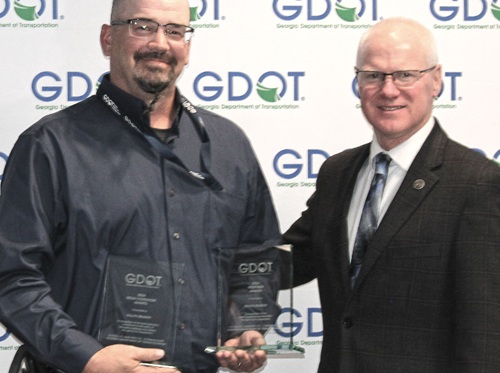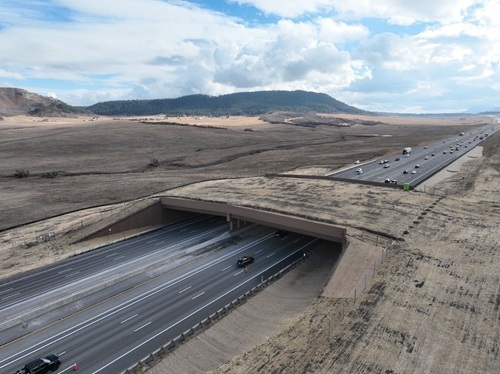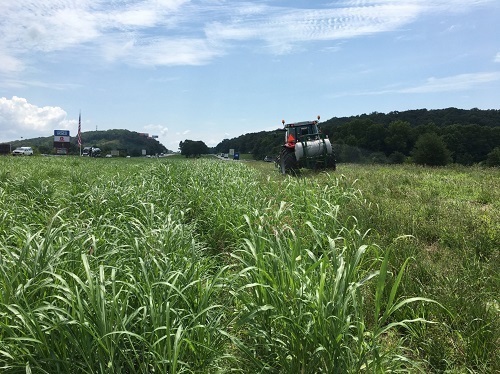A recent blog post detailed the critical roadside vegetation management work conducted by “agronomists” at the Alabama Department of Transportation.
[Above photo by the Alabama DOT]
An “agronomist” is a scientist specializing in the study and care of crops and plants, conducting research to improve growth, production quality, and to combat diseases. In the agricultural sector, they often act as liaisons between farmers and researchers.
When it comes to roadside vegetation management, Alabama DOT’s agronomists develop guidelines for mowing operations and the use of herbicides.
But the work of the agency’s three agronomists – Jacob Hodnett, senior Alabama DOT agronomist; Steven Drake, agronomist for the Alabama DOT’s West Central Region; and Billy Aaron, the agronomist overseeing the Southeast region for the agency – goes beyond simply ensuring the grass gets cut along state roadsides.
They develop policies to support pollinators and wildlife in and around the state’s road network; experimenting with different management practices to create habitats beneficial to all wildlife.

[Editor’s note: The Alabama DOT also recently implemented a comprehensive program to help prevent heat exhaustion among its transportation workers.]
Additionally, vegetation management is the process of promoting stable, low-growing plants and stopping weeds or unwanted growth. The agency’s agronomists save money by eliminating mowing cycles and improving site-distance for motorists.
The agronomist’s role demands a deep understanding of Alabama’s diverse ecosystems, noted Hodnett in the blog post. Alabama DOT’s agronomists, armed with strong educational backgrounds in agronomy and soils and seasoned by diverse agricultural experience, tackle roadside management challenges.
“We utilize many different types of tools,” he added. “I would say our greatest tool that we have at our disposal is the individuals in the districts that get the job done. Their experience and know-how is key in what we do. Without them it would be a jungle out on the roadsides.”
State departments of transportation across the country are constantly working on ways to improve the roadside ecosystems in their respective regions.
For example, in May, the Virginia Department of Transportation announced plans to install 135 new acres of pollinator habitats in 2024 as part of its ongoing commitment to protect the valuable ecosystem provided by pollinators such as bees, birds, butterflies, bats, beetles, flies, and more.
The video below shows how the Office of Maritime Resources within the New Jersey Department of Transportation recently collaborated on a state project to reinvigorate Abbott Meadows – a 1,600-acre marshland area in Salem County – by dredging channels and reviving marsh grasses for wildlife.
Since 2015, Kentucky Transportation Cabinet crews have seeded more than 100 habitat sites, covering about 200 acres along interstates, parkways, and other state rights of way.
“The cultivation of these pollinator plots is one of the many ways we strive to be good stewards of our highway network,” said KYTC Secretary Jim Gray in a statement. “The habitats we create will improve our ecosystem, help plants reproduce and ultimately build a better Kentucky.”
And in 2022, the Illinois Department of Transportation recounted in a blog post how it changed its mowing practices over the years to better protect roadside landscapes that are vital to pollinators and native planet life.
The agency has adopted mowing policies to protect the habitat and migratory patterns of the monarch butterfly and other pollinators that use it as a food source. That policy allows for mowing of the state’s roads in a four-year rotation during the summer.
 States
States
Georgia DOT Foreman Receives Two Heroism Awards
January 2, 2026 States
States

